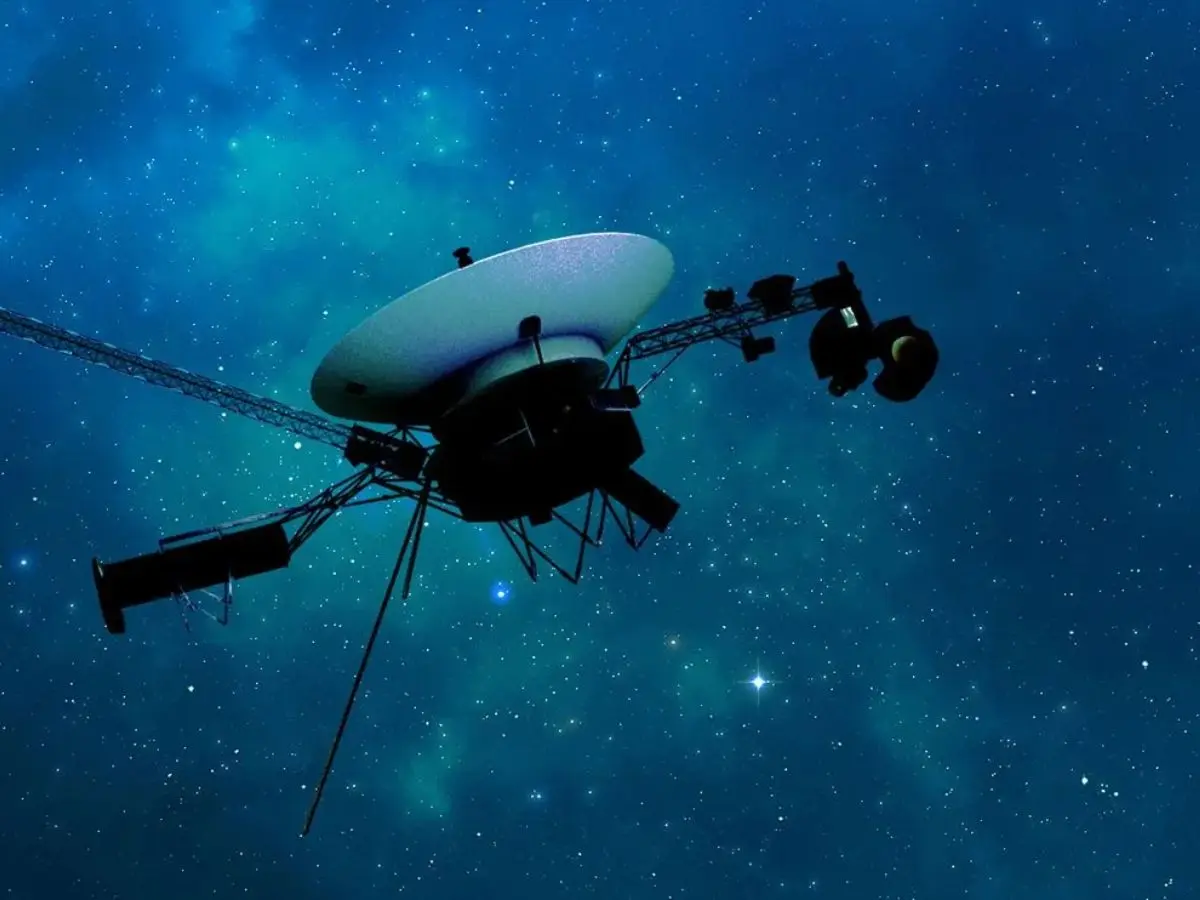Before 1989, expectations for Triton were minimal. Scientists anticipated a cratered, frozen moon, similar to other outer Solar System bodies. Instead, Voyager 2 found an active, dynamic world, with nitrogen plumes, smooth plains, and evidence of ongoing geological renewal. These revelations forced a major shift in how scientists defined ‘active worlds’. Icy moons at the edge of the Solar System could no longer be dismissed as dormant, they might conceal internal processes as complex as those of larger planets.
